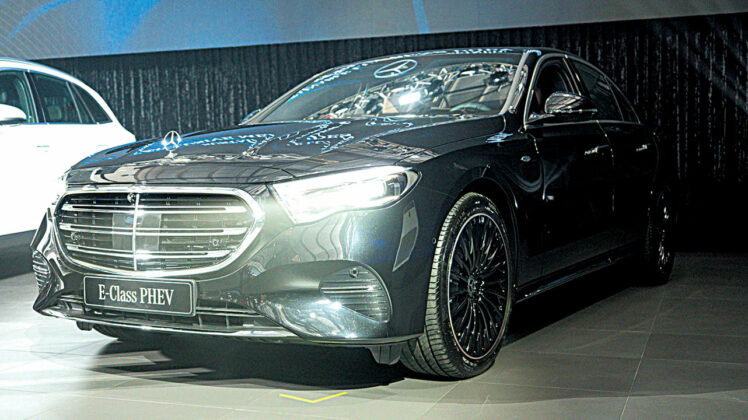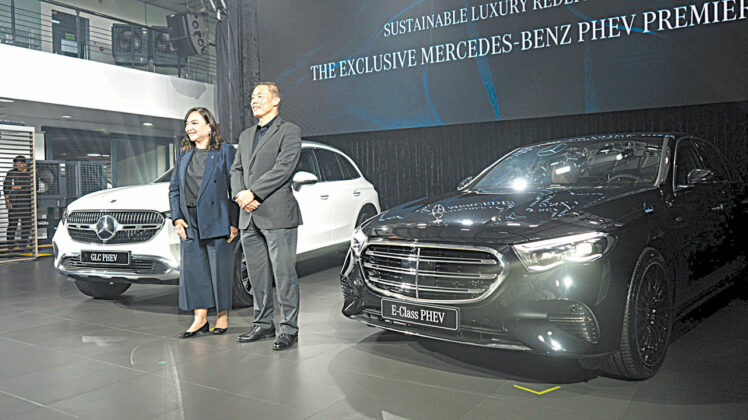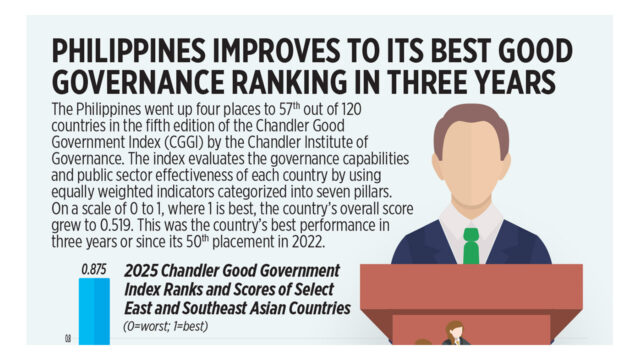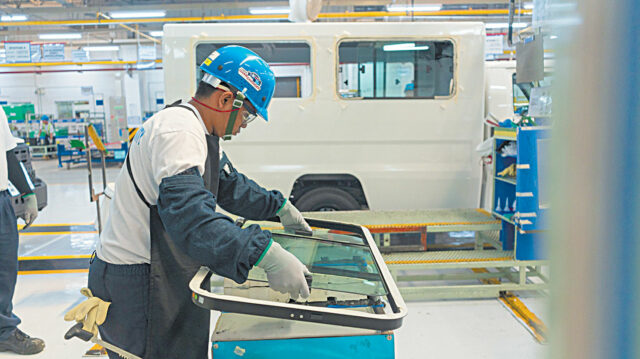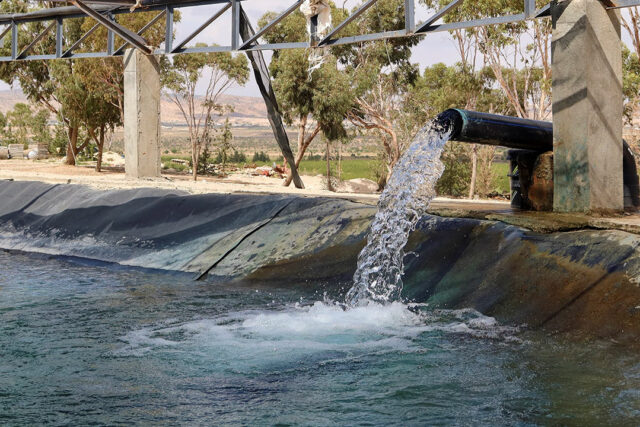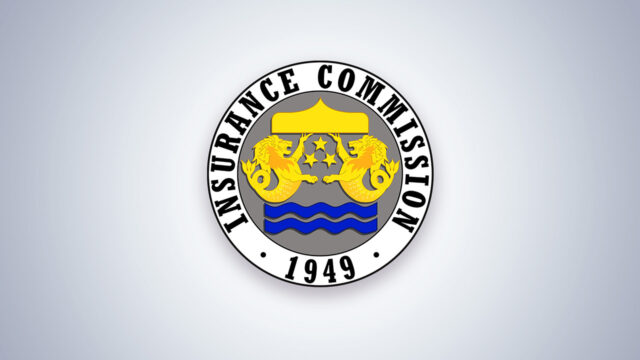The topic of elections is understandably the talk of the town. But this essay is not about the winners of the midterm elections. Nor is it about how the antagonistic political rivals can win the 2028 national elections.
The title, “To win,” pertains to a much narrower yet crucial issue that will impact the economy and our people’s health. This is about a Bill in Congress (House Bill 11360) that will reduce the tobacco tax rates. Further, this bill will emasculate the tax structure by removing the provision in the current law for automatic annual tax increases. The automatic increase in taxes, also called indexation, is necessary to reflect real prices and make harmful cigarettes less affordable.
The House of Representatives railroaded the passage of House Bill 11360*. Despite the short timeline before the end of the 19th Congress, the Senate leadership is bent on passing its version of the House Bill.
It is an open secret that the legislation to lower the tobacco tax rates and remove the indexation is a “done deal,” to quote insiders. And the signs are there, apart from the shameless or garapal manner that the Lower House displayed in railroading the bill’s passage. One sponsor of the House Bill even acknowledged during second reading that the bill will benefit the tobacco industry.
In the Senate, its Ways and Means Committee has called for a meeting to tackle House Bill 11360. Oddly, the Ways and Means Committee is having the meeting at a time that the Senate is not yet in formal session. That further arouses the suspicion that the Senate leadership is speeding up the approval of the bill.
In fact, Senate President Chiz Escudero mentioned in a press conference that the Senate will prioritize increasing excise tax rates on vape products.
Mr. Escudero has a record of protecting tobacco interests. The foremost example of this was exhibited during the vote for the Sin Tax in 2012. Despite his supposed close friendship with then President Noynoy Aquino and his being part of the administration’s coalition, Escudero defied Aquino’s instruction to Congress to vote for tobacco and alcohol tax reforms.
In this setting, the Chair of the Senate Ways and Means Committee, Senator Win Gatchalian, is in an unenviable spotlight. Those in civil society who vigorously oppose the House Bill are watching his every move.
Civil society is wary. Why did Senator Gatchalian call for a hearing on the House Bill when the Senate has practically no time to approve its own version of a bill? But with a “done deal” in place, nothing is impossible. Kung gusto, may paraan (if there’s a will, there’s a way).
Senator Gatchalian likewise has made an official statement that favors the tobacco industry’s position. In one hearing on illicit trade (Jan. 9), Senator Gatchalian said:
“In my opinion, enforcement is not enough. We need to look at other ways or the other causes of illicit trade in our country…. We cannot ignore the theory of incentives given the significant price difference between illicit cigarettes and legitimate ones. Aside from the enforcement, we should really think of other ways, maybe economic ways in curbing illicit grade….”
The underlying message of Senator Gatchalian’s statement is this: Find another way to fight illicit trade: Have “incentives” like the lowering of prices (taxes) to reduce the price gap between illicit and legitimate cigarettes.
Ostensibly, the pro-tobacco bill that will lower taxes is meant to combat illicit trade and therefore arrest the decline in tax revenues. It is a silly claim. Lower taxes would only mean lower revenues, even as illicit trade would continue to flourish. The illicit cigarettes are priced so cheaply (for example, P20 a pack) that registered brands could not match this even by lowering their taxes.
But Senator Gatchalian is sensitive to public opinion. He and Senate President Escudero avoid being garapal. They fear a public backlash if they are seen as unabashedly pro-tobacco. Unlike Congressmen who are ensconced in their own local fiefdoms and thus do not care about public opinion, Senators have higher political ambitions. Messrs. Gatchalian, Escudero et al. wish to protect if not burnish their reputations.
Adopting the pro-tobacco House Bill is so crass and garapal.
It would be most irresponsible, most reckless for legislators and the Executive, including the Department of Finance, to let revenues, like tobacco taxes, erode at a time that the economy is undergoing tremendous fiscal pressure. The House Bill, if passed, will contribute to a fiscal crisis. Economists, including those from the multilateral agencies, have identified fiscal consolidation as a key task in this juncture. Fiscal consolidation means increasing tax revenues and making public spending efficient and unwasteful.
It is cruel and thoughtless to pass a measure that will set back our health targets in attaining the sustainable development goals. The House Bill will further increase smoking prevalence and the incidence of preventable diseases and deaths. Expect the economic burden from smoking to get heavier.
And it is sheer hypocrisy — more, it is a lie — for the tobacco industry and pro-tobacco politicians to claim that lowering prices is the solution to rising illicit trade. In truth, tobacco companies have been jacking up their net-of-tax prices.
Let’s use the most popular brand, Marlboro, as an example. The retail price of a pack of Marlboro (20 sticks) in January 2022 was P122.68. Marlboro’s net-of-tax price (i.e., retail price minus the excise tax and the value-added tax) in the same period was P54.53. In January 2023, Marlboro’s retail price went up to P138.48, and its net-of-tax price increased to P63.54. The net-of-tax price between January 2022 and January 2023 thus had a marginal increase of P9.01. But the change in excise tax was an increase of P5. Even accounting for the minuscule incremental increase in the value-added tax, we can conclude that the tobacco industry has been increasing its price at an even higher rate than the excise tax.
Yet, even as it has raised prices higher than the excise tax increase, the tobacco industry has the gall to demand from government a lowering of the excise tax rate. That the tobacco industry can raise its net-of-tax-price higher than the excise tax is proof that there is further room for government to increase taxes.
For the reasons above, it will be terribly bad for the reputation of Senator Gatchalian and his colleagues in the Senate to approve the House Bill.
The pro-tobacco senators will have to find a creative way, a less garapal way, nay, a deceptive way, to please the tobacco industry. They will look clean by passing an acceptable bill without the egregious provisions found in the House Bill. Concretely, the Senate version of the bill will be silent on lowering the taxes of tobacco products but will harmonize the tax rates on vaporized products.
The tactical gain for the tobacco industry in this scenario is that the Senate will immediately approve the bill. Which will then be submitted to the bicameral conference committee to have the Senate and House Bills reconciled.
Here is where the “done deal” may happen. In a secretive bicameral conference committee meeting, the House version of the bill will win. The Senators who play along but wish to look clean will make the excuse that they tried their best to have a good bill, but they had to compromise to prevent a deadlock. Cunning but deceptive.
Yet, civil society is hoping that Senator Gatchalian and other senators, for the sake of their own credibility and reputation, will break away from this conspiracy. After all, Senator Gatchalian stated: (Jan. 22):
“Just to take note that we did not include the moratorium [i.e., effectively lowering tax rates] as being proposed, and the reason for that is based on the evidence and the data that we have collected, we have not seen any connection between the increase in prevalence and also illicit trade.
“So, without that evidence we are not inclined to look at that proposal” [referring to the House Bill].”
To assure civil society and the public that he, as Chair of the Ways and Means, will resist the House Bill, he must show credible commitment.
Credible commitment can be expressed in terms of the following:
1. Issue a public statement that he and the Committee will reject any provision that will effectively lower tobacco tax rates and that will remove the indexation feature of the tax structure.
2. Issue likewise a statement that in the event of convening a bicameral conference committee, he and his Senate colleagues will totally oppose the inclusion of any provision lowering the tax rate and removing the annualized indexation.
3. Demand that proceedings of a possible bicameral conference committee be made transparent. That there be a live broadcast of the meetings and proceedings of the bicameral conference committee.
4. But the best expression of credible commitment is for Senator Gatchalian to stop the hearing on the House Bill or any version that will be used to consummate a “done deal.”
Thus, the title of this piece: “To (Senator) Win: A Credible Commitment.”
* (Therese Hipol and Filomeno Sta. Ana III, “The railroading of House Bill 11360, BusinessWorld, Feb. 17)
Filomeno S. Sta. Ana III coordinates the Action for Economic Reforms.
www.aer.ph





